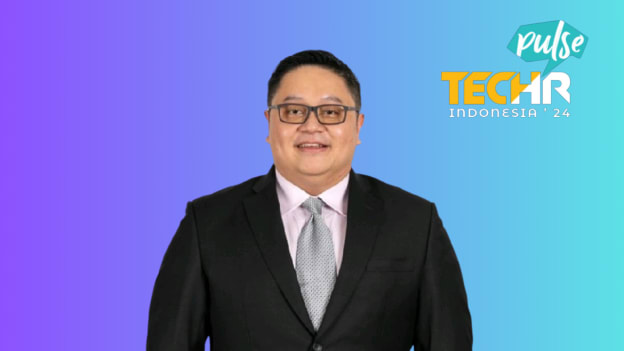Technology, Leadership & Future of Work: A TechHR Pulse Interview with Johnny Widodo

Organisations must adapt as people and work evolve, with technology and leadership playing crucial roles in this transformation. AI tools and automation are now central to HR, enhancing talent acquisition, workforce management, and employee engagement. AI-driven platforms improve recruitment by identifying the right talent, while automation bridges skill gaps through tailored learning and development. Additionally, they are reshaping how businesses manage employee well-being, promoting work-life balance, improving performance management, and providing data-driven insights for informed decision-making.
Along with the emerging technologies, forward-thinking leadership is also crucial in integrating these technologies effectively, driving organisational agility, and fostering a culture of continuous learning. In this rapid-fire interview series as part of People Matters TechHR Pulse Indonesia buzz, we exclusively interacted with Johnny Widodo, CEO, of Ringan Teknologi Indonesia on the rise of tech adoption, striking the right balance between automation and employee experience and more.
The edited excerpts are below:
As the CEO of Ringan Teknologi, what are the major workplace shifts you are observing today?
I have noticed a few key trends emerging in the workplace. Firstly, employees are increasingly demanding more flexibility in hybrid work arrangements, which are being enabled by advancements in technology.
Additionally, the integration of AI tools and automation, such as those used in customer service handling, has significantly boosted team productivity.
A great example is the growing reliance on ChatGPT as a knowledge database. Employees frequently use it to clarify tasks or information they receive, helping to bridge knowledge gaps and enhance their efficiency.
According to you, what are the essential pillars of seamless tech adoption and how have you implemented them at Ringan?
The team needs to have the right mindset and attitude, remaining open to new approaches, including tech adoption. It’s crucial to ensure that the use case for the technology is strong, with clear, tangible benefits.
Additionally, a thorough cost vs benefit analysis is essential to demonstrate long-term gains. It’s also important to assess the “right time to implement,” which involves carefully considering the existing team’s capability and readiness to successfully integrate the new technology.
How do you balance adopting technology like Automation with people processes and which strategies have been most effective for you?
Not every single thing can be automated as “human touch and feel” are equally critical in building the relationship with the client, aside from productivity improvement and technology. The right balance is required to go through a few iterations, which will happen through pilot tests with clear benchmarking on key measures of success.
At Ringan, we have implemented a Task Management system for the sales team to monitor the leads and day-to-day management. We have also adopted an HR system that manages the monthly report submission and integrated performance review/ ranking system of the employees. These systems are supported by “human touch and feel” ideologies that have positively impacted our organisation.
What key leadership lessons do you believe are crucial for the success of leaders adopting technology to foster employee experience in the financial sector?
In any new technology implementation, future leaders must step out of their comfort zones and think big, envisioning the next milestone they want to achieve, and act boldly in pursuit of it [Think Big, Act Bold].
Adopting an "owner" mindset [Act as Owner] is key, as it helps clarify the cost-benefit analysis and allows leaders to experience quick wins before advocating for technology adoption without clear outcomes.
Moreover, success metrics must be well-defined [Drive Results], whether quantitative or qualitative, to ensure that the technology implementation is aligned with measurable objectives.
What advice would you give to fellow leaders on balancing expectations of fast-forward technology like AI & automation with expanding business needs?
My advice to fellow and future leaders is to be open-minded and continue to be aware of what's going on with the changing world, especially on the recent trend in technology. However, do not immediately jump into implementation (just because we want to follow the trend) before conducting proper due diligence and feasibility studies to ensure maximum impact from the technology adoption.
So you like this one? Join us and stay abreast on the latest insights and offerings at People Matters TechHR Pulse Indonesia 2024. Click now to know more. Stay tuned at #TechHRPulseIndonesia.















